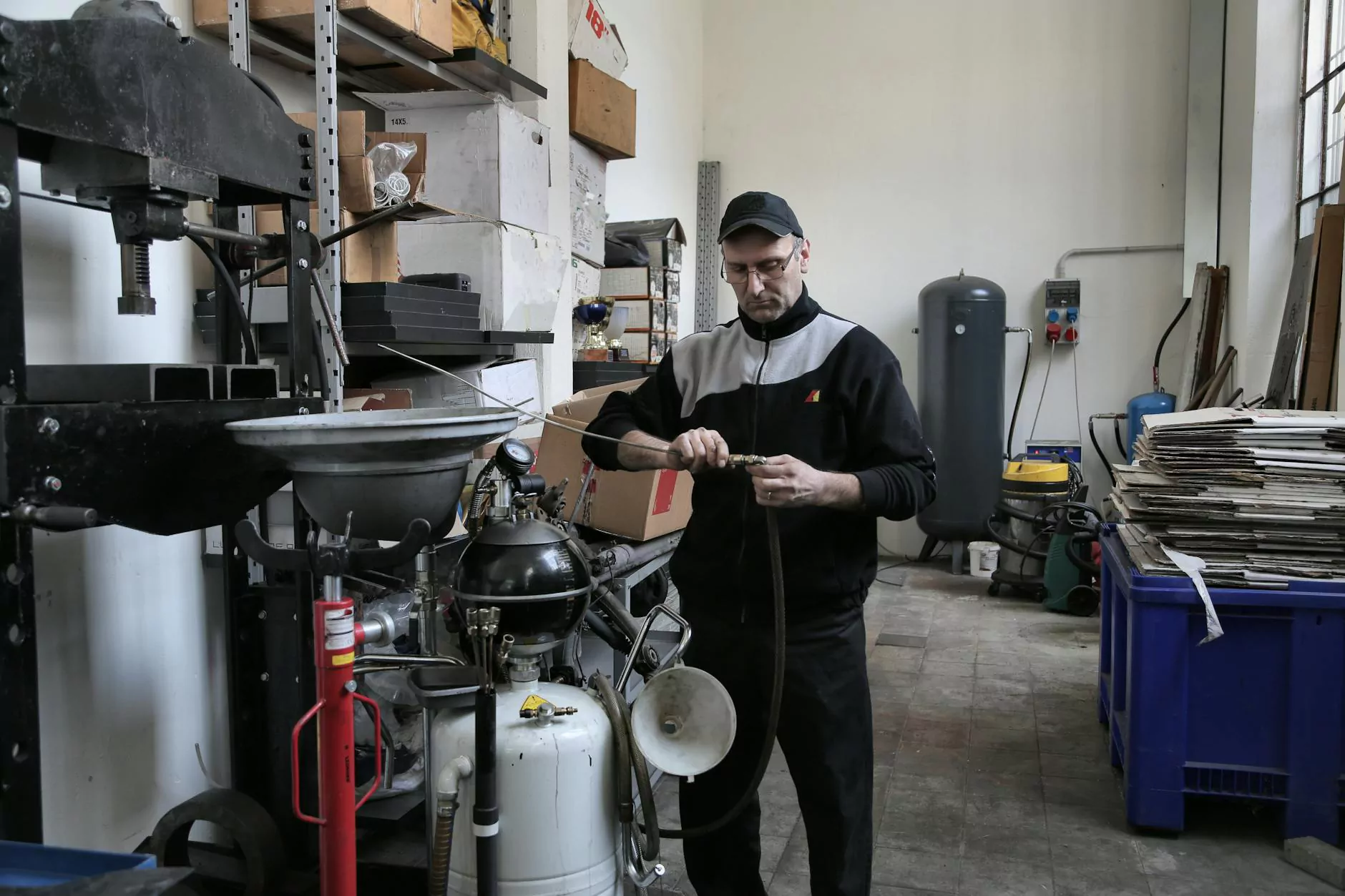Understanding Textile Label Printers: A Comprehensive Guide

The textile industry has evolved significantly over the years, and one of the most crucial innovations that have emerged is the textile label printer. This technology not only enhances branding but also complies with regulation standards while ensuring that products stand out in a competitive market. In this detailed article, we will explore the significance of textile label printers, their types, advantages, and how they can elevate your business operations.
What is a Textile Label Printer?
A textile label printer is a specialized device designed to print labels specifically for fabric and textile products. These printers produce high-quality, durable labels that withstand various conditions, including washing and exposure to various environmental factors. The labels typically include care instructions, branding elements, and compliance information.
Why Are Textile Labels Important?
Textile labels are essential for several reasons:
- Brand Identification: Labels help in establishing brand identity and recognition among consumers.
- Regulatory Compliance: Many countries require specific information to be included on textile products, such as fiber content and care instructions.
- Customer Guidance: Labels provide crucial information that guides customers on how to care for their purchases effectively.
Types of Textile Label Printers
Choosing the right textile label printer is pivotal for your business. Here are the main types:
1. Thermal Transfer Printers
Thermal transfer printers are widely used for textile labels. They utilize heat to transfer ink from a ribbon onto the label material. This method produces high-quality prints that are known for their durability. It is ideal for creating labels that need to withstand multiple washes.
2. Direct Thermal Printers
Direct thermal printers print directly onto specially coated thermal label materials. While they are excellent for short-term labeling solutions, they are less durable in high-wash environments. These printers are best for temporary labels or less critical applications.
3. Inkjet Printers
Inkjet printers for textile labels offer high-quality color printing and are perfect for producing visually appealing designs. They are suitable for applications requiring vibrant images or complex graphics. However, it is essential to ensure that the ink used is compatible with fabric materials.
4. Laser Printers
Laser printers are known for their speed and efficiency. They produce sharp, clear prints, making them suitable for high-volume label making. However, care must be taken concerning the materials used, as not all fabrics are compatible with laser-printed labels.
The Benefits of Using Textile Label Printers
Investing in a textile label printer offers numerous advantages:
- Cost Efficiency: In-house printing reduces the cost associated with outsourcing label production.
- Customization: Businesses can create customized labels that reflect their branding and meet specific customer needs.
- Flexibility: Quick changes can be made to the label design without the lead time required for pre-printed labels.
- Improved Quality Control: Producing labels in-house allows for better quality control over the printing process, ensuring high standards.
- Time-Saving: Speed up production timelines by eliminating third-party label suppliers.
Choosing the Right Textile Label Printer for Your Business
When selecting a textile label printer, consider the following factors:
1. Production Volume
Evaluate the quantity of labels you need. High-volume operations may benefit from faster printers capable of handling large runs.
2. Label Material Compatibility
Not all printers can print on every type of fabric. Ensure the printer you choose is compatible with the materials you intend to label.
3. Print Quality
If the designs involve intricate graphics or require high-resolution imagery, opt for printers known for superior image quality.
4. Cost vs. Performance
Balance the cost of the printer with its performance capabilities. Sometimes, spending a little more upfront can lead to significant savings in the long run through reduced wastage and improved efficiency.
The Printing Process Explained
Understanding the printing process can greatly aid in maximizing the efficiency of your textile label printer.
Step 1: Designing Your Label
Utilize graphic design software to create your label designs. Make sure they include all necessary information, such as care instructions, branding, and legal requirements.
Step 2: Selecting Label Media
Choose the appropriate label media based on the printer type and intended use of the label. Options may include woven labels, printed satin, or care labels.
Step 3: Printer Setup
Properly set up your printer, ensuring correct alignment and adjusting settings for print quality and speed as necessary.
Step 4: Printing
Initiate the print job from your computer, monitoring the printer to ensure proper functionality throughout the process.
Step 5: Quality Check
After printing, conduct thorough quality checks to assess the labels for any defects or inaccuracies before moving them into production.
Maintenance Tips for Your Textile Label Printer
To ensure longevity and optimal performance of your textile label printer, implement these maintenance practices:
- Regular Cleaning: Dust and dirt can impact print quality over time.
- Use Quality Supplies: Invest in high-quality ink, ribbons, and compatible label materials.
- Perform Software Updates: Keep your printer's firmware updated for the best performance and security.
- Monitor Usage: Keep track of your printer's usage statistics to anticipate maintenance needs.
Top Textile Label Printers in the Market
Here are some of the leading options in textile label printers:
1. Brother QL-800 Series
The Brother QL-800 is celebrated for its versatility and high-quality output. It's an ideal solution for users needing quick labels for various applications.
2. Zebra ZD620
Zebra's ZD620 is known for its compact design and exceptional print quality. It is highly dependable for large-scale textile labeling needs.
3. Epson ColorWorks CW-C6500A
The Epson ColorWorks CW-C6500A uses advanced inkjet technology, making it perfect for businesses looking to produce high-quality, vibrant colored labels at scale.
Conclusion: Unlocking the Potential of Textile Label Printers
In conclusion, investing in a textile label printer is more than just a purchase; it’s an investment in your brand’s future. With the ability to produce customizable, high-quality labels in-house, businesses can not only save costs but also enhance their overall branding strategy. As industries continue to evolve, staying ahead with efficient labeling solutions will give your business the competitive edge it needs.
For more information on printer options and to explore a range of services related to Printing Services and Electronics, visit durafastlabel.com.









